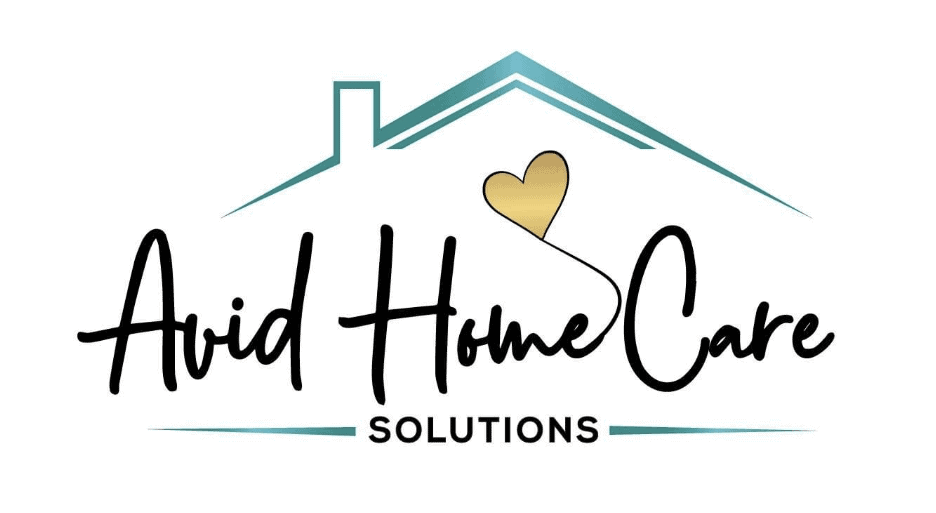Home Safety Checklist for Seniors
For most families, there comes a time when they must decide whether their aging parents are capable of living alone or if they should be moved into an assisted living facility. First and foremost, the health and functional capabilities of your elder play a large role in this decision. If they are healthy enough to live unassisted, then making sure their house is in top safety conditions is the next step. Here are some things you should check out when it comes to the safety of seniors in their home:
- Is there enough lighting?
Each room should be well lit so your elder can easily navigate through the house in the dark. We all know that our night vision gets weaker as we age, so adequate lighting throughout the entire household is a must. Adding nightlights to hallways or frequently visited rooms at night, like the bathroom, is also a good idea. - Are there smoke detectors?
Make sure there are working smoke detectors in the house and follow the recommendation of changing the batteries yearly. You should also make sure there is a carbon monoxide detector as well. - Are there handrails along the staircases?
Wherever there are steps, there should be sturdy railings. Senior citizens often struggle with maintaining their balance, and handrails help to make getting around easier. Make sure they are properly mounted and if it is applicable to have one on both sides of the stairwell, install them both. If necessary, having a stair lift installed is a great safety feature for senior citizens. - Is there a bathmat/handrail in the shower?
Staircases aren’t the only place that require handrails. The shower should have one too. This will help your parent keep their balance while bathing and give them something to hold onto while they enter and exit the bathtub. There should also be a bathmat in the tub to help prevent slips and falls. - How are the floors/carpets holding up?
If there are hardwood floors, are there loose boards? If there are carpets, are there rips and tears? The floors should be an even, clean surface. You don’t want anyone to trip or stumble over any loose boards or lifted parts of the carpet. This also means that there should not be clutter, cords and other random objects on the floor that can get in someone’s path. Even throw rugs are a potential hazard due to their likelihood to move around. If there are throw rugs, secure them to the floor with double-sided tape. - Where are items that need to be reached daily located?
If you are in the kitchen, how high are the cabinets? Where is the medicine kept? If anything is too high up for them to reach without assistance, this could cause problems. Is a stepstool needed? If so, make sure it does not wobble at all because you do not want someone to fall off of it. Try and put items that are frequently used in places that are easy to get to and do not require additional equipment to access. - Is there a fire extinguisher in the house?
Hopefully they will never need to use a fire extinguisher, but accidents happen and there should be one somewhere in the house. Forgetting to blow out a candle or a mishap in the kitchen could cause a small fire and your parent should be prepared to put one out if this is the case. Also, make sure they are aware of how to use the fire extinguisher just in case one of these scenarios arises. - Is there a phone or emergency alert system accessible?
Phones are absolutely necessary when someone is living alone because if there is an accident, they will need to call for help. Getting your parent a cell phone would also be beneficial, if they keep it on them, in case something happens when they are out of reach of the landline. If they are completely phoneless, they need an emergency alert system, no questions asked. An emergency alert system can be the only life saver in a situation where there is no phone available or they cannot get up to even get to the phone.
If your senior citizen has the physical strength and ability to maintain their memory and care for themselves on a daily basis, living alone is a possibility. Take the right steps to avoid even the most minor accident, as it can become more damaging if they are not properly prepared. Use this home safety checklist to make sure your loved one’s home is safe from top to bottom.
About the Author
Ruth Folger Weiss loves writing for Willow Spring Rehabilitation and Healthcare Center, a sub-acute rehabilitation center in Center Brick, NJ.




